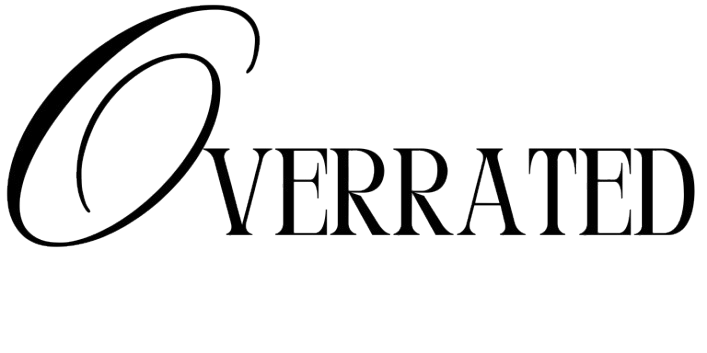In a world driven by rapid achievements and fast-paced lifestyles, a countercultural movement has emerged—one that celebrates intentional slowness. From small towns in Japan to urban hubs in Europe and North America, the philosophy of “slow living” is gaining traction as people question traditional notions of success, productivity, and well-being.
What is Slow Living?
At its core, slow living emphasizes intentionality—doing less, but doing it meaningfully. It’s about prioritizing quality over quantity, whether that applies to the food we eat, the way we work, or how we spend our time. It aligns with mindfulness practices and sustainability efforts, pushing back against consumerism and burnout culture.
This movement spans multiple areas of life, including:
– Slow Food: Originating in Italy, it promotes locally-sourced, carefully-prepared meals over fast food.
– Slow Fashion: Advocates for thoughtful consumption, sustainable clothing, and fair labor practices.
– Slow Travel: Emphasizes deep cultural immersion over rushing through tourist attractions.
Cultural Examples of Slow Living
1. Japan’s Wabi-Sabi Aesthetic
The Japanese philosophy of wabi-sabi celebrates imperfection, simplicity, and natural aging. In a fast-moving society, wabi-sabi encourages mindfulness and appreciation of life’s fleeting beauty—whether it’s found in a chipped tea cup or a peaceful moment of reflection.
2. Denmark’s Hygge
You may have heard of hygge—the Danish concept of cozy contentment. It’s more than just candles and blankets; it reflects a deep cultural value placed on well-being, connection, and savoring simple moments with loved ones. No wonder Denmark consistently ranks high in global happiness indexes.
3. The French Art of ‘Savoir-Vivre’
The French have long championed savoir-vivre—the art of living well. Long meals, time off for leisure, and an emphasis on beauty in everyday life remind us that success doesn’t have to mean constant productivity.
How Slow Living is Redefining Success
In a culture that often glorifies busyness, slow living presents an alternative: success defined by health, happiness, and connection rather than wealth or status. Companies are starting to take note, offering flexible work arrangements that allow employees to better balance life and work. Similarly, many millennials and Gen Z-ers are prioritizing side projects, family, and travel over traditional career milestones.
The rise of slow living has also been embraced by activists working toward sustainability. Fast consumption, they argue, has not only degraded personal well-being but also contributed to environmental harm. The shift toward mindful consumption is both a personal and collective call to action.
How to Embrace Slow Living in Your Life
– Simplify Your Space: Declutter and curate only what brings joy.
– Savor Meals: Cook from scratch and enjoy meals without distractions.
– Unplug Regularly: Set boundaries with social media and work emails.
– Practice Mindful Consumption: Support ethical brands and buy less but better.
Slow living is more than just a trend; it’s a cultural reset. As we collectively reassess what matters most, this movement serves as a powerful reminder: life isn’t a race to the finish line—it’s about savoring every step along the way.
Love this piece. Please share your thoughts and tag us on social! You know you can’t get enough. ✨
XOXO,
Overrated


























I couldn\’t agree more! Your post is a valuable resource that I\’ll be sharing with others.
I\’m impressed by your writing style and the depth of your knowledge on this topic.
Thank you for your kind words. I\’m delighted that you found the post enlightening.